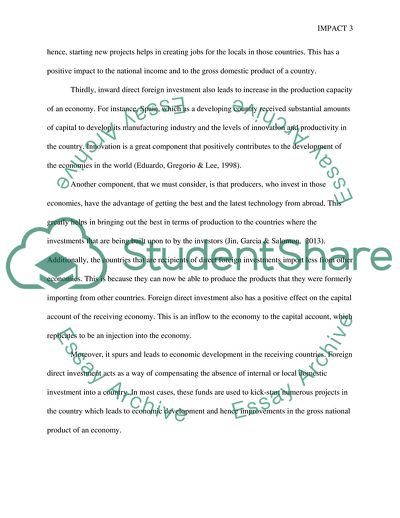Cite this document
(Impact of Global Foreign Direct Investment Coursework Example | Topics and Well Written Essays - 1500 words, n.d.)
Impact of Global Foreign Direct Investment Coursework Example | Topics and Well Written Essays - 1500 words. https://studentshare.org/macro-microeconomics/1855735-impact-of-global-fdi
Impact of Global Foreign Direct Investment Coursework Example | Topics and Well Written Essays - 1500 words. https://studentshare.org/macro-microeconomics/1855735-impact-of-global-fdi
(Impact of Global Foreign Direct Investment Coursework Example | Topics and Well Written Essays - 1500 Words)
Impact of Global Foreign Direct Investment Coursework Example | Topics and Well Written Essays - 1500 Words. https://studentshare.org/macro-microeconomics/1855735-impact-of-global-fdi.
Impact of Global Foreign Direct Investment Coursework Example | Topics and Well Written Essays - 1500 Words. https://studentshare.org/macro-microeconomics/1855735-impact-of-global-fdi.
“Impact of Global Foreign Direct Investment Coursework Example | Topics and Well Written Essays - 1500 Words”. https://studentshare.org/macro-microeconomics/1855735-impact-of-global-fdi.


